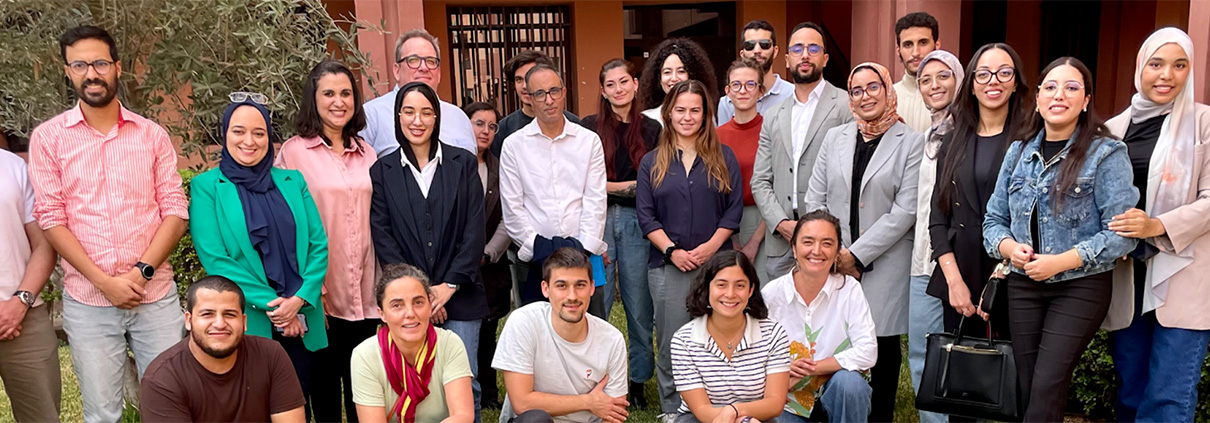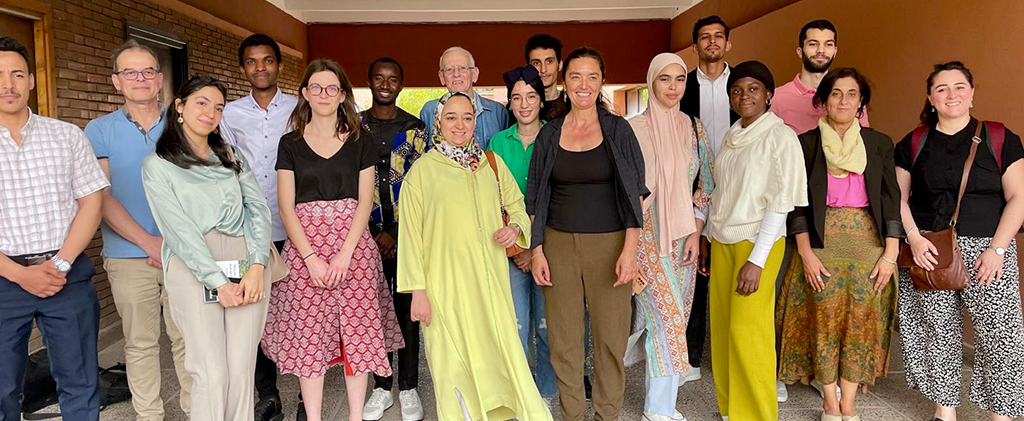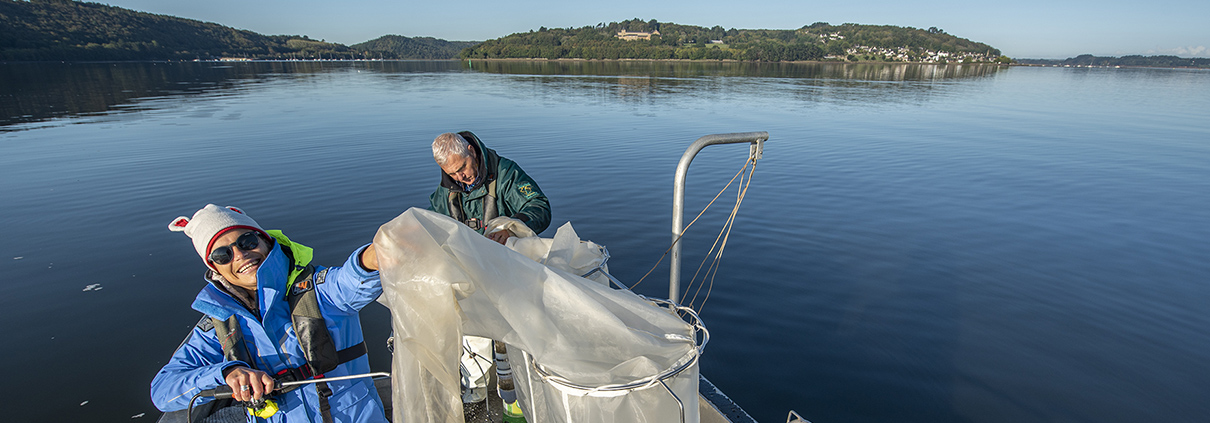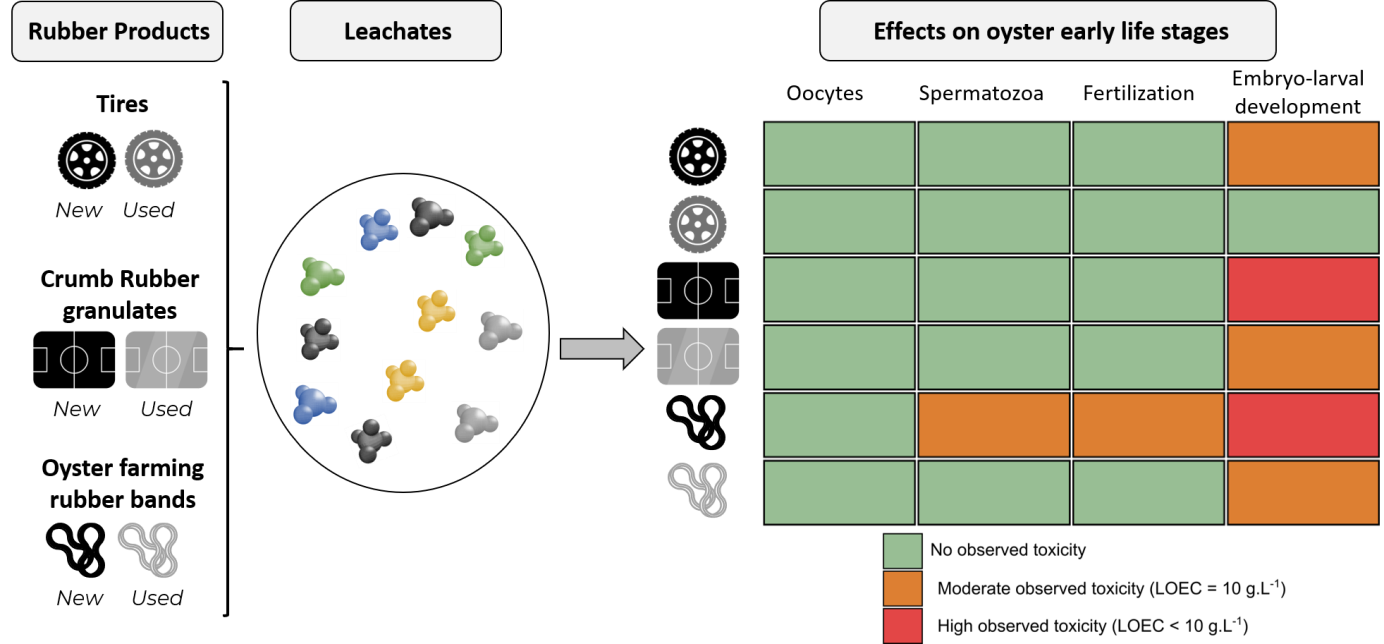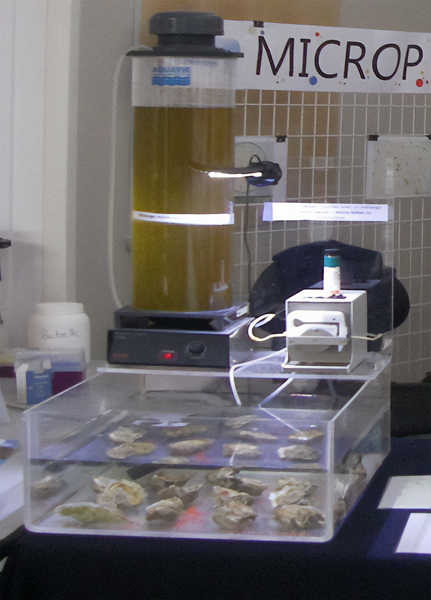AI for the marine environment, interdisciplinary seminar for young researchers in Marrakech
The International and Interdisciplinary Seminar ‘AI and Marine Science’ was held on 26, 27 and 28 November 2024 at Cadi Ayyad University in Marrakech.
This seminar is part of the Nawras Project, which aims to assess the legal protection of the marine environment using Artificial Intelligence. Co-organised by Cadi Ayyad University and the Institut de Recherche pour le Développement, it brought together researchers in marine science, law and artificial intelligence working on cross-disciplinary subjects.
The seminar provided an opportunity to meet and discuss common issues using a variety of innovative approaches, thereby stimulating interdisciplinarity and collaboration between young researchers. The presentations combined global themes, ethical issues and specific applications. Thesis topics presented as posters were also displayed during the seminar.
The young researchers will promote the work of this interdisciplinary and intercultural seminar with a conference for the general public to be held on Thursday 5 December 2024 at Cadi Ayyad University to present the variety of ocean protection issues and emerging prospects.

